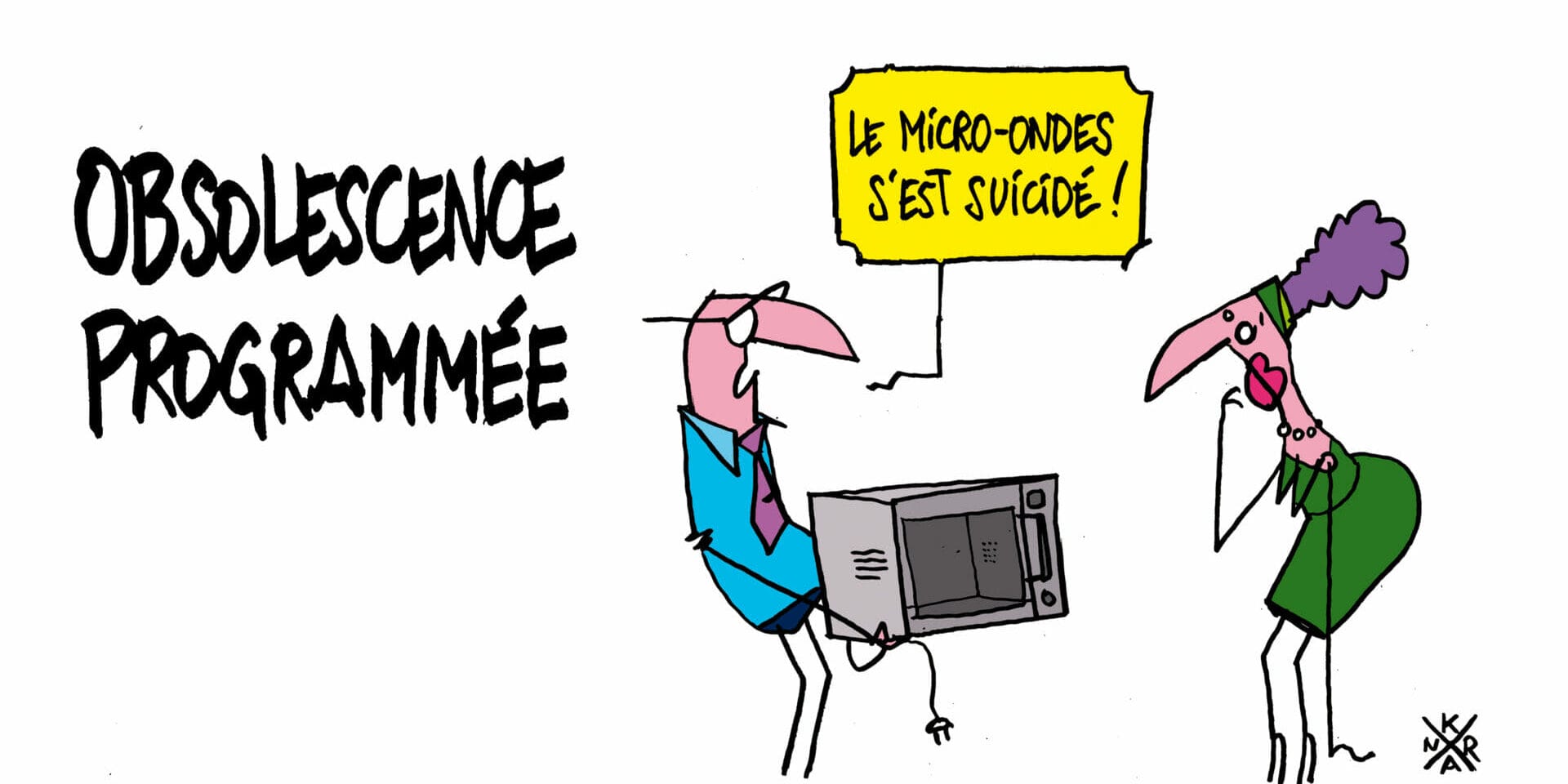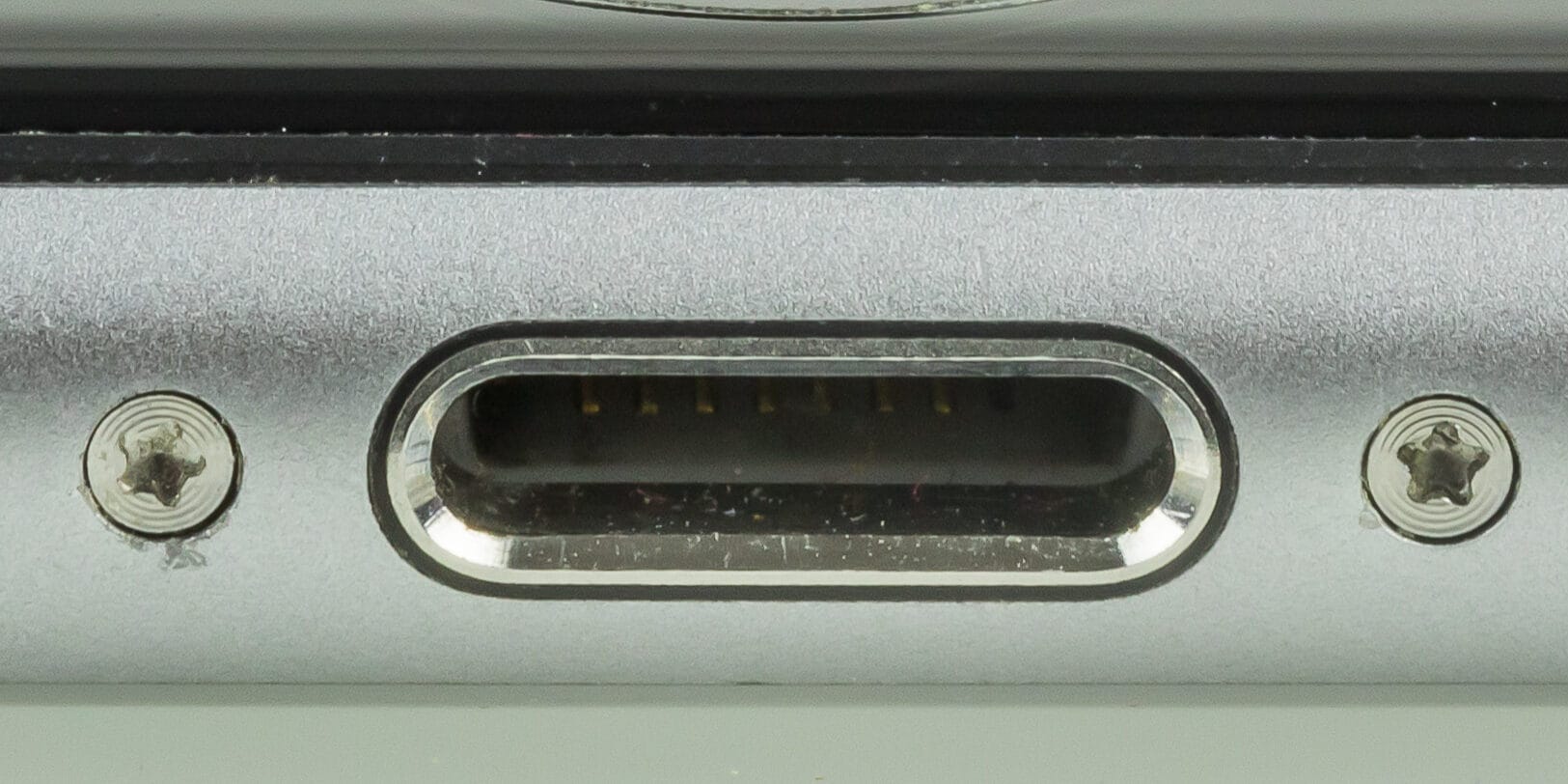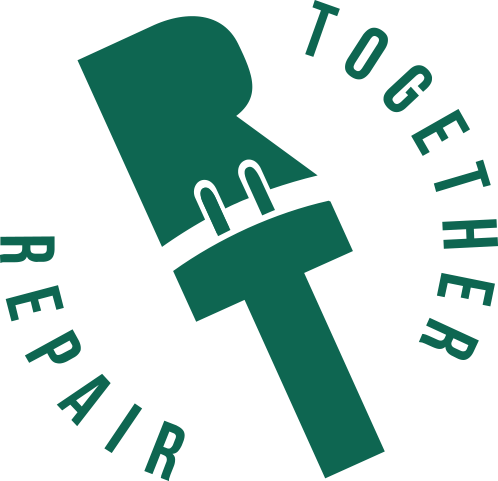Planned obsolescence
Planned obsolescence is the set of techniques designed to reduce the lifespan or service life of a product in order to increase its replacement rate.

Planned obsolescence can take several forms
Technical obsolescence is the fact of limiting the lifespan of a product by weakening one of its components: by undersizing an electronic element, by not reinforcing a part frequently subjected to stress or deformation, etc.
Aesthetic obsolescence, linked to marketing, pushes consumers to always want to replace their objects by new ones, be fashionable, etc.
Software obsolescence, mainly related to computers and smartphones, slows down devices through "mandatory" updates, without specifying that these will interfere with the operation of the device. Moreover, some machines are no longer supported or repaired by some manufacturers just a few years after their release.
Other types of obsolescence exist, depending on the field, such as ecological obsolescence, which pushes the consumer to renew a device under the pretext that it will consume less (whereas the purchase of a new device has an impact as well!), obsolescence by expiration, by notification, etc.

Hindering repair, another form of planned obsolescence
For Repair Together, hindering repair is also a form of planned obsolescence: not (eco)designing a device with repair in mind, but, above all, preventing repair by using "safety screws" with wacky heads or by gluing the internal contents of the device, etc.
Be careful, however, not to blame planned obsolescence at the slightest breakdown. In the Repair Cafés we often see objects that have been misused, yet it is vital to read the instructions for use and take care of your devices to make them last.
On the other hand, it is sometimes complex to judge whether a case falls within the scope of planned obsolescence: even if one often has the impression that it is a real desire on the part of the manufacturer to reduce the lifespan of an object, there are also design errors or a desire to minimise the costs in the production chain.

What are the problems related to planned obsolescence ?
Environmentally
Planned obsolescence leads to an excessive consumption of our natural resources: when we induce the premature replacement of an object, we do not benefit from its full life cycle. Its grey energy is not amortised when we could have avoided the manufacture of a new device and the disposal of the old one.
Economically and socially
Premature replacement of objects often involves resource conflicts, degraded working conditions and disregard for human rights. In order to maintain a sustained rate of replacement, it has indeed become complex to produce in Europe, which leads to the abandonment of local production in favour of an intercontinental delocalisation.
Replacing devices more often does not favour employment either, as we're sometimes told. On the contrary, because of relocation sustainable jobs are not encouraged, and planned obsolescence tends to make certain trades disappear, such as repairers (repairs that are unprofitable, too complex and with spare parts that are often impossible to find).
In 2018, 50 million tons of electronics and household appliances were disposed of, a real 'tsunami of waste' according to the UN.
Fingers are pointed at rapid changes in technology, falling prices and planned obsolescence.
More on the subject
- HOP - Stop Planned Obsolescence - French association committed to fighting planned obsolescence
- Wikipedia : Planned obsolescence
- (FR) "Vite acheté - vite à jeter" by Amis de la Terre
Bills proposed by different parliamentary groups to fight planned obsolescence
Belgium
Europe
Worldwide
Reports and studies on planned obsolescence
Non-exhaustive list. A report, a study, a relevant thesis ? Contact us at info@repairtogether.be
